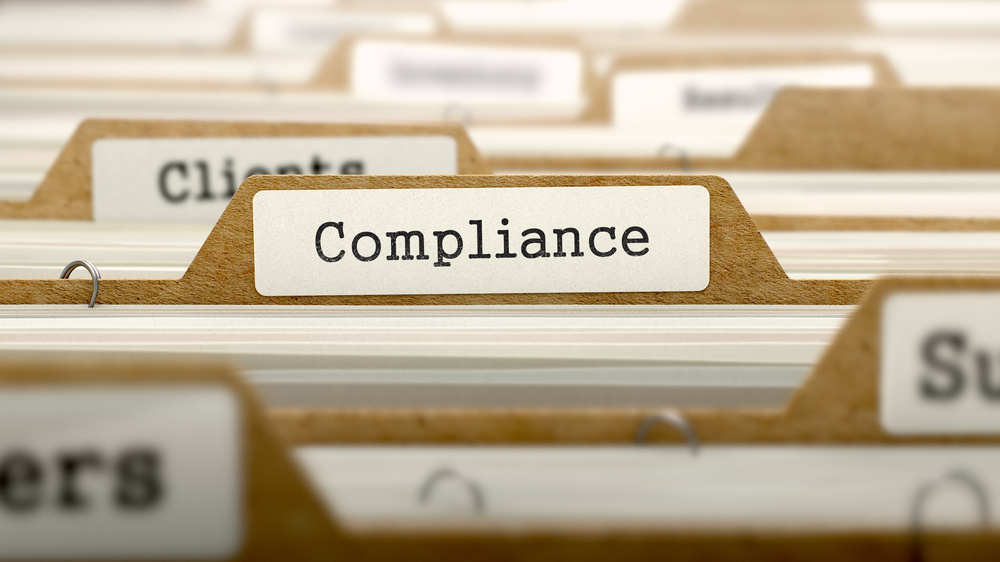Sky Protect - Why IoT is coming to your home
Sky have always been a media company willing to push the proverbial boat out into the glittering digital seas of new consumer technology - and Sky...
2 min read
 Konnor Baskaran
Oct 24, 2024 10:00:00 AM
Konnor Baskaran
Oct 24, 2024 10:00:00 AM

As businesses expand and operate across different locations, whether that be regionally or globally, maintaining a consistent brand image and ensuring compliance is more crucial than ever. This is made challenging when considering the unique set of requirements for each site, allocation of resources and overcoming operational challenges within teams.
With this in mind, site coordination and effective communication streams lie at the heart of multi-site compliance, responsible for managing resources, implementing standardizing processes, and streamlining procedures to ensure smooth functioning and optimal productivity.
When managing multi-site facilities, management should always strive for consistency. Ensuring this, however, is far from an easy task when considering different operating procedures, teams, local regulations and site equipment, posing challenges to creating a cohesive brand experience.
Fostering a positive culture and upholding the highest levels of communication is essential. As many industries move online with remote working, the reduction in face-to-face activities has posed challenges for regional management. By facilitating open streams of communication and encouraging the use of online meeting platforms, team members are able to collaborate on overcoming challenges and curating solutions virtually, building rapport amongst employees, and essentially creating a united team regardless of physical location.
Compliance management is a crucial aspect of business operations, and more time and consideration should be applied to multi-site facilities, which are prone to lapses. Navigating complex regulatory and compliance challenges that may vary depending on local, state, and federal requirements, however, can be managed and enforced by implementing comprehensive standard operating procedures (SOPs) and quality management systems (QMS). When managing a company that spans different countries, understanding the differences in the regulatory compliance landscape is crucial. This involves conducting regular research and remaining up to date with any current or upcoming changes.
Once these regulations are understood and identified, implementing standardized procedures across sites that outline the necessary steps to remain compliant will ensure consistency in practices across all sites, regardless of location. Teams that may be susceptible to lapses in communication or in need of training refreshers can threaten a company's compliance. Hence why staff training programs must be in place and regularly updated to ensure teams are aligned and understand the company’s expectations. This can be monitored by carrying out regulatory audits and performance reviews to identify any deviations from the SOPs for timely correction.
Integrating facilities management software assists in streamlining the monitoring and tracking of compliance targets automating compliance activities, like maintenance scheduling, inventory management, and reporting using real-time data.
Computer maintenance management systems (CMMS), for instance, centralize maintenance operations, improving visibility for facilities managers when scheduling planned preventative maintenance and tracking work orders. The schedules for PPM are set within the system, which alerts businesses when equipment is due for servicing. This lowers the risk of unplanned downtime and ensures that all machinery is operating safely.
Digital compliance checklists are also useful tools that reflect relevant regulations, codes and standards specific to industry and location. These can be used in combination with IoT devices to monitor and control equipment performance, energy consumption, and security systems across all sites. By providing visibility, multi-site management can identify any areas that require improvement and act accordingly with efficiency.
The regulatory landscape is undoubtedly challenging to navigate, especially for businesses operating across multiple sites and coordinating the various requirements to ensure smooth operation and brand expectations can become complex. By integrating digital facilities management platforms, managers can allocate resources and time more efficiently thanks to the automation of compliance target tracking and automated maintenance scheduling. When supplemented with thorough and frequent team training, businesses not only benefit from improved visibility but also assurance that compliance targets are being met across sites.

Sky have always been a media company willing to push the proverbial boat out into the glittering digital seas of new consumer technology - and Sky...

In this digital age, a business’ ability to unlock the value of its data can make a good company great. The UK’s big businesses know this: they’ve...
Bus companies are under pressure. The pandemic and cost-of-living crisis have severely dented revenues, while soaring fuel prices are putting a great...